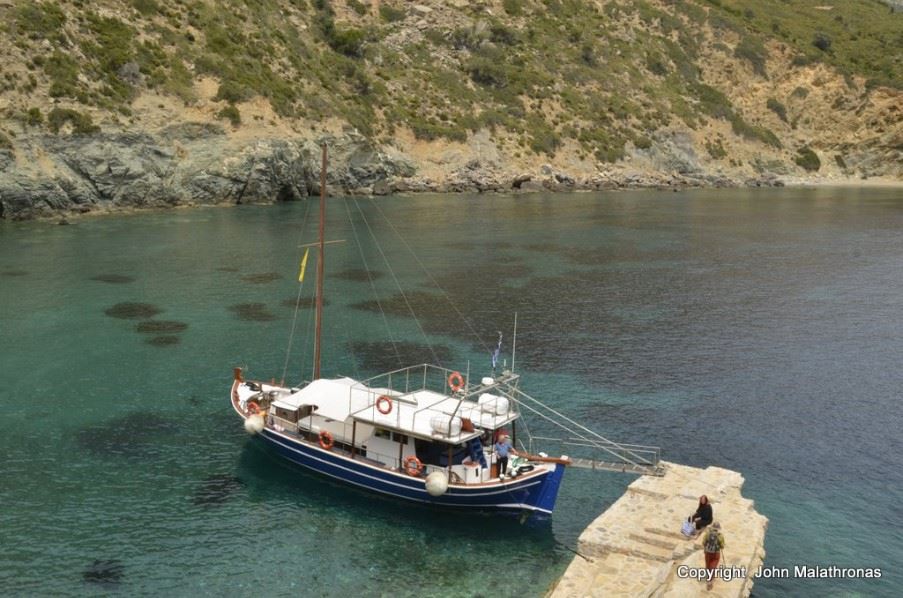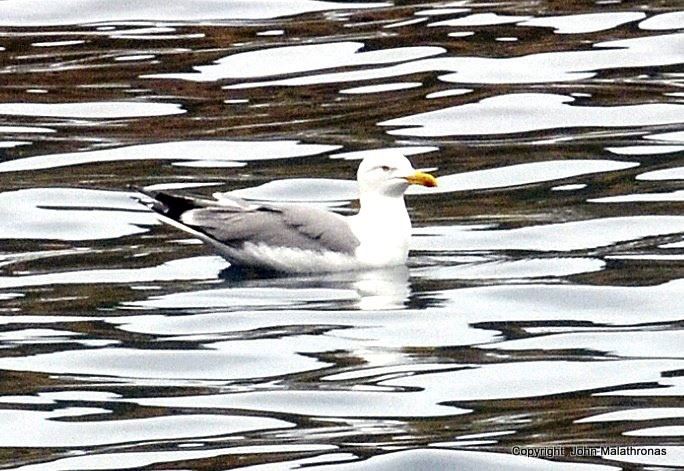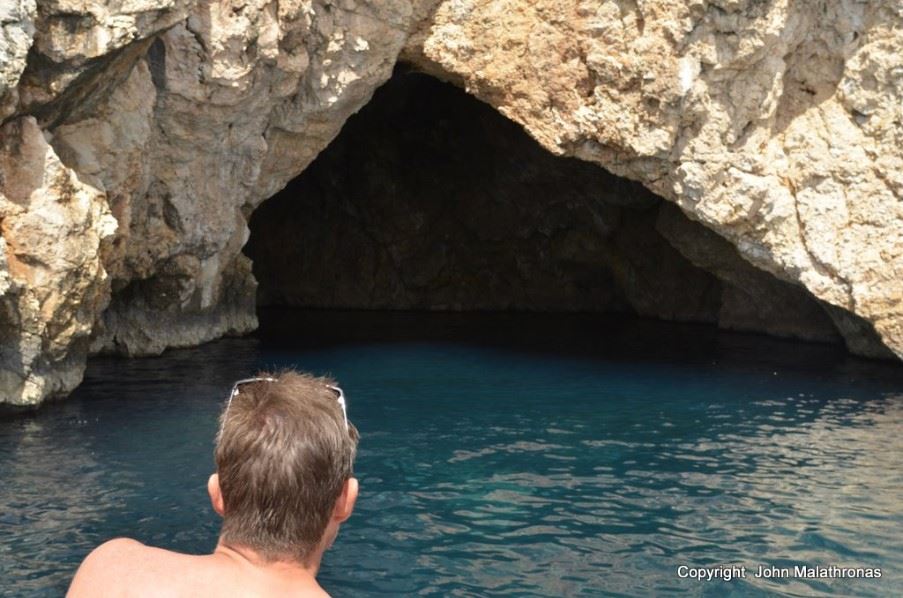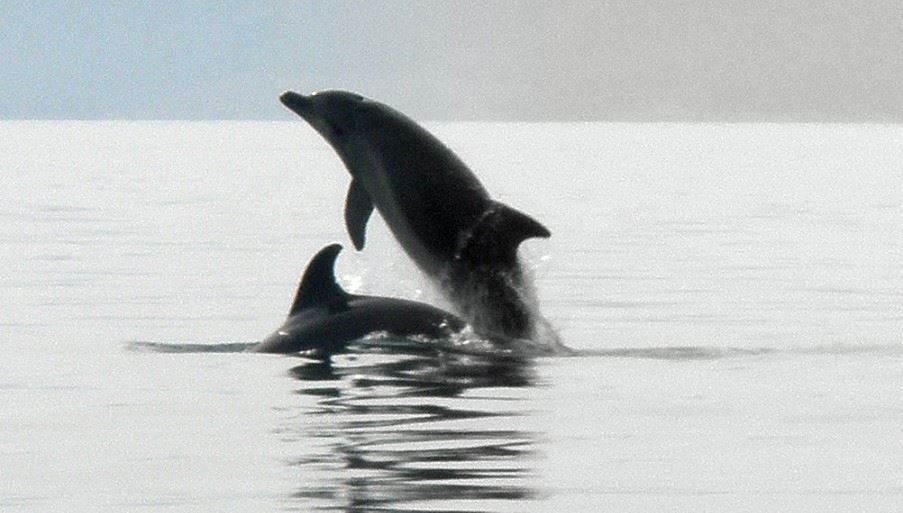“How likely is it we’ll see seals? I ask Captain Pakis.
“Possible but very unlikely,” he says. “Firstly they are rare and secondly these last ones haven’t survived by trusting humans.”
European shags, endemic Aegean herring gulls (themselves nearing extinction) and forty-odd common dolphins make up for the lack of seals during our trip to Kera Panagia, an island belonging to the main monastery of Mount Athos. Nowadays, it’s populated by a caretaker monk who supplies Mount Athos with meat, olive oil and wine cultivated on the island. To-date it’s the only land belonging to Mount Athos that women can step on.
Father Chariton, approachable and photogenic , shows us a copy of the deed of purchase of the island in 993AD, one of the earliest real estate contracts in existence. He speaks English perfectly, as befits someone who used to be a chef in Camden Town in his heyday. He now sells souvenirs to tourists: CDs of Byzantine religious music, flavoured oils, wine from the Mt Athos vineyards, preserves, honey, icons. Everyone in our team buys something, as few can resists the lure of organic produce.
From the top of the monastery we can discern the main islands of the park. Piperi itself has a 3-mile exclusion zone to protect the seals. Another island, Yura, operates a 500m exclusion zone to protect the unique wild goats that inhabit it. In times past, fishermen waited for the goats to descend in order to drink seawater – for the salt it contains – and shot them.
After lunch on the boat, where we watch sargo fish and flathead mullet fight over the breadcrumbs we throw overboard, we see more dolphins on our return. They are striped dolphins, smaller and more playful than the common dolphins we saw earlier, and they provoke many oohs and aahs among our Scandinavian contingent.








